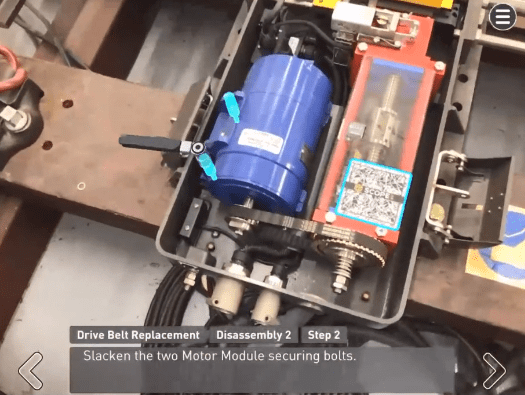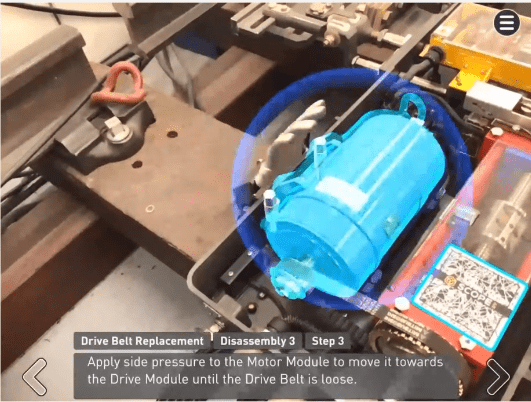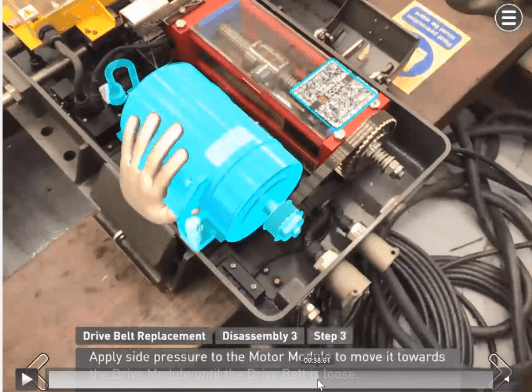The technical learner of the future has a distinct advantage over those of the past: there are many, many more ways in which to absorb technical training. From chatbots to touchscreens to photorealistic and dimensionally immersive virtual reality simulations, the future for the technical learner is exciting.
The very technology that makes this era of evolving training methods possible is also responsible for making them a necessity. In recent years, innovative technologies have been developed to increase supply-side, demand-side, grid, and storage flexibility. However, with each new piece of technology comes varying degrees of reeducation that is needed among the workforce. As we see virtual reality and augmented reality enter industrial markets, these new ways of technical learning should be adopted. For example, maintenance technicians can now use augmented reality to overlay “virtual tools” such as a wench or ratchet on top of real equipment to learn proper techniques.
This technology can be combined with live chat, video, audio, and annotations to teach learners in real time and connect them with remote experts if needed. This is a new way of technical learning; one that can be easily integrated with realistic expectations and change management practices built in.
In general, learning has been steadily migrating away from the traditional classroom and toward leveraging technologies that allow the learning and procedures to be available at the location of the work and happen in real time.
Another new technology shortening technical workers’ learning curves is Interactive Electronic Technical Manuals (ITEMs). This next generation of technical documentation enables critical information to be available on all devices, from desktops and laptops to tablets and smartphones, and delivers content in an engaging manner. These interactive manuals combine a range of technical documentation and can incorporate features such as videos, animations, and augmented reality (AR) to simplify complex instructions or procedures.
The COVID-19 outbreak has further exacerbated the rate of technology implementation, with major plants recalibrating their technology to maximize the safety of their employees, their communities, and their customers. Prior to the pandemic, remote work was slowly expanding, accounting for less than 10 percent of the workforce. Futurists thought it would gradually expand, perhaps doubling between 2020 and 2030. However, today there are estimates that up to 30 percent of employees are now working remotely, and in the next decade, that number could climb as high as 40 percent. During the pandemic, things like virtual instructor-led training (VILT) are emerging as great options to provide workers the foundational knowledge and skills they need to perform on the job while keeping them safe.
Led by these major technological advances and spurred on by a workforce facing new health and safety challenges, large technical operations all over the world are choosing to take advantage of these new opportunities to provide their learners with cutting-edge training tools.
Here at GP Strategies, we have been partnering with organizations of all shapes and sizes to evaluate their technical training challenges and to tailor safe, effective, and forward-thinking solutions to fit their needs. All over the world, organizations are finding that implementing these new training technologies, as well as implementing consistent training as a key part of their asset management life cycle, is saving them millions during turbulent times.
Reach out to us today if you would like a technical learning consultation.



